The most common characteristics of Arthritis are joint pain and inflammation. According to the Arthritis Foundation, there are more than 100 types of the disease and related conditions. Although most commonly associated with the elderly, Arthritis affects people of all ages and races and is prevalent in both men and women. Age is however a major risk factor of the disease.
In its extreme form, Arthritis causes permanent joint changes. People suffering from this condition will experience a decreased range of motion and will endure stiffness, pain and swelling of the limbs. Certain types of Arthritis may also adversely affect the eyes, heart, lungs, kidneys and skin.
Arthritis Treatment
Arthritis treatment has focused mainly on reducing pain and inflammation. To properly manage the disease one needs to take various drugs to handle the different aspects of the condition. Analgesics, for instance, take care of the pain but have no effect on the inflammation. Nonsteroidal anti-inflammatory drugs (NSAIDs) may reduce both pain and inflammation but can cause stomach irritation and may even heighten the risk of heart attack and stroke. Counterirritants and Disease-modifying Anti-rheumatic drugs (DMARDs) as well as Biologic Response Modifiers and Corticosteroids are also useful in an Arthritis management plan. These are all short-term treatments and do not represent a cure.
The major hindrance in treating Arthritis (especially Osteoarthritis) is the erosion of the bones at the joints that it causes. Osteoarthritis, also known as Degenerative Joint Disease or Degenerative Arthritis is the most common type of joint disease worldwide. It occurs when the protective cartilage at the ends of the bones steadily wears out.
Stem Cells and Arthritis
Recent research has conclusively shown that Stem Cells injected into arthritic cartilage are capable of producing healthy cells to replace defective ones. Here, we refer to cells in their most basic form as Stem Cells. These cells are capable of becoming different kinds of cells in the body. They also divide throughout their life providing a limitless supply. Stem cells are particularly useful in the repair and replacement of damaged tissue. In effect, their application eliminates the need for surgery.
The importance of continuing research into Stem Cell Therapy was underscored when Keck Medicine of USC recently established the Department of Stem Cell Biology and Regenerative Medicine to map the repair mechanisms involved in the body on the application of Stem Cells. This research department is staffed by developmental biologists, tissue engineers, clinicians and geneticists whose goal is to further our knowledge on Stem Cells.
The major difference between Stem Cells and existing treatments is the ability of Stem Cells to replace damaged tissue. Because of this fact alone treatments involving Stem Cells would go beyond mere remedies and become cures. For now Arthritis sufferers benefit greatly from a Stem Cell Transplant known as Autologous Chondrocyte Implantation (ACI) that is used to replace cartilage between joints. This Stem Cell Therapy uses a patient’s own cells for the procedure and is now used where expertise and facilities are sufficiently advanced.
Verita Neuro combines Stem Cell Therapy with supportive therapies and is a world leader in the treatment of various conditions such as Autism, Cerebral Palsy, Multiple Sclerosis (MS), Spinal Cord Injury (SCI) and Amyotrophic Lateral Sclerosis (ALS), among many others.
Contact us to find out how Stem Cell Therapy could offer a life-changing experience for you.
H/T: Forbes



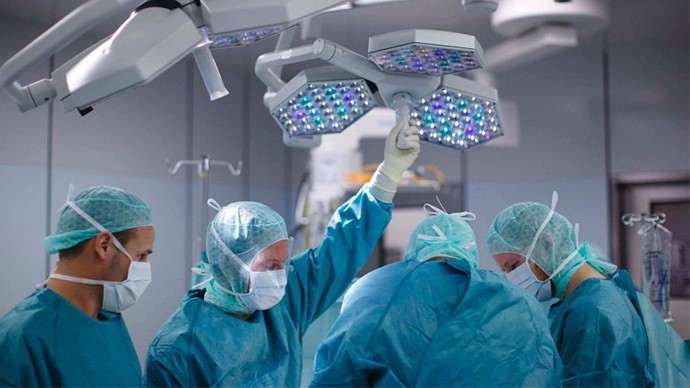
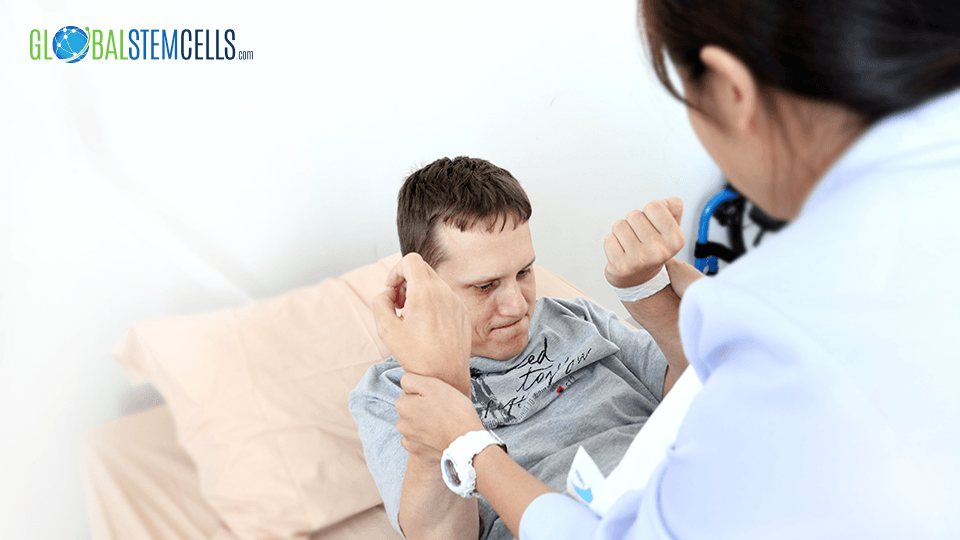
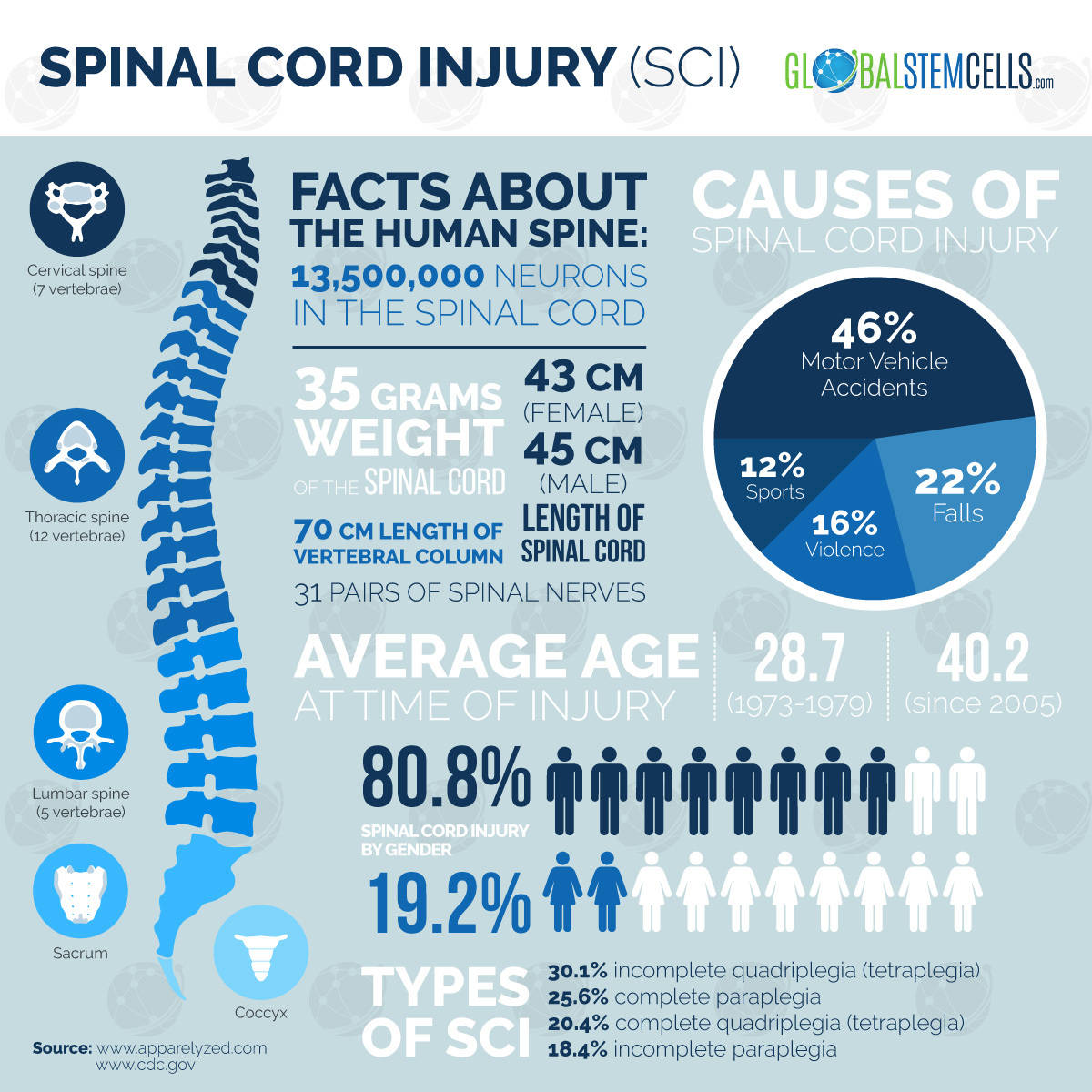
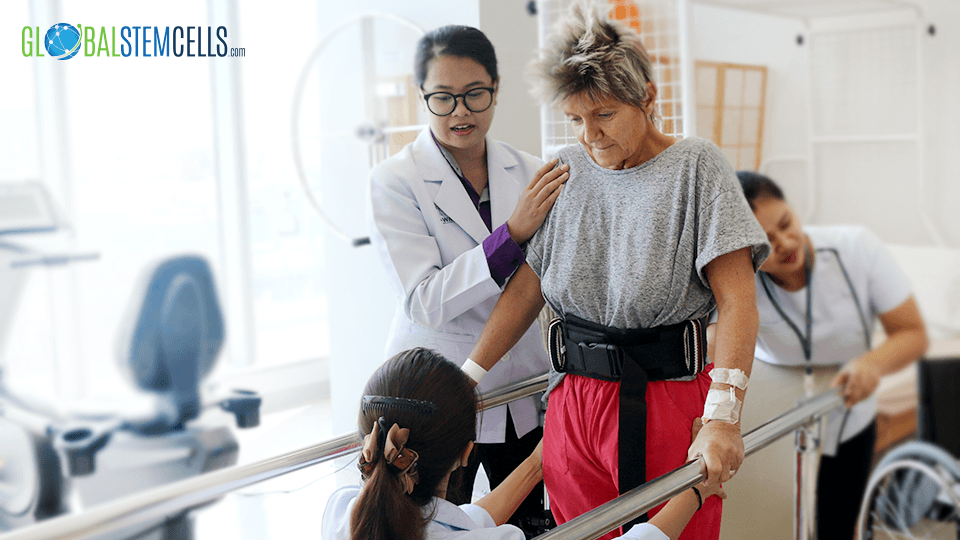
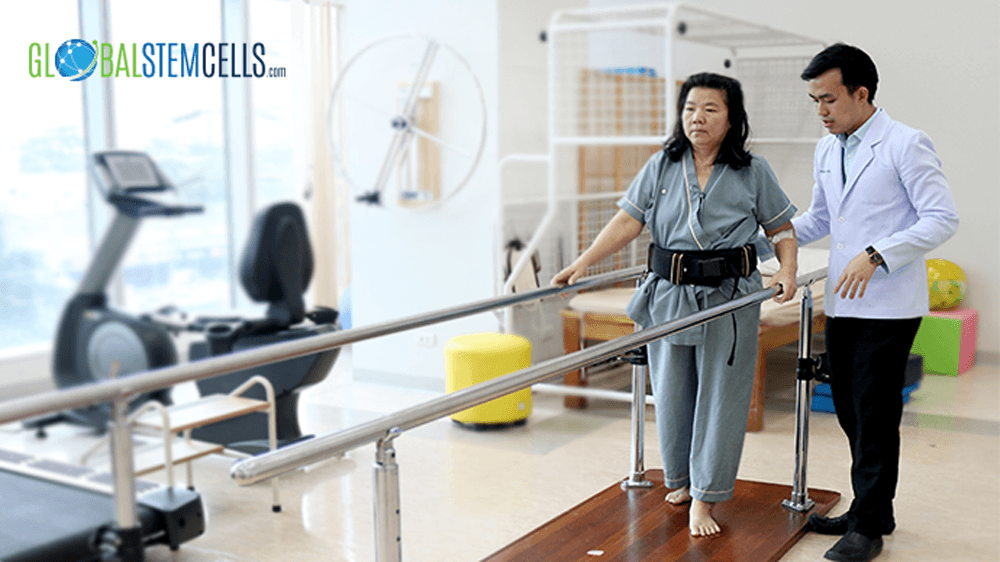
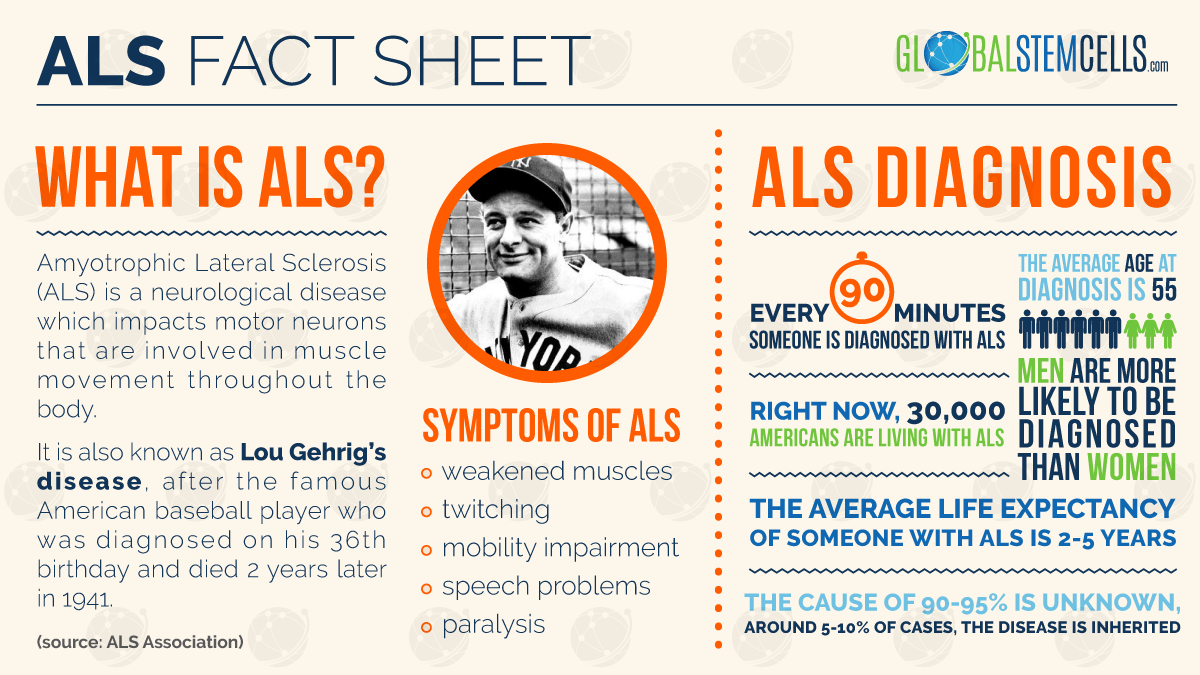
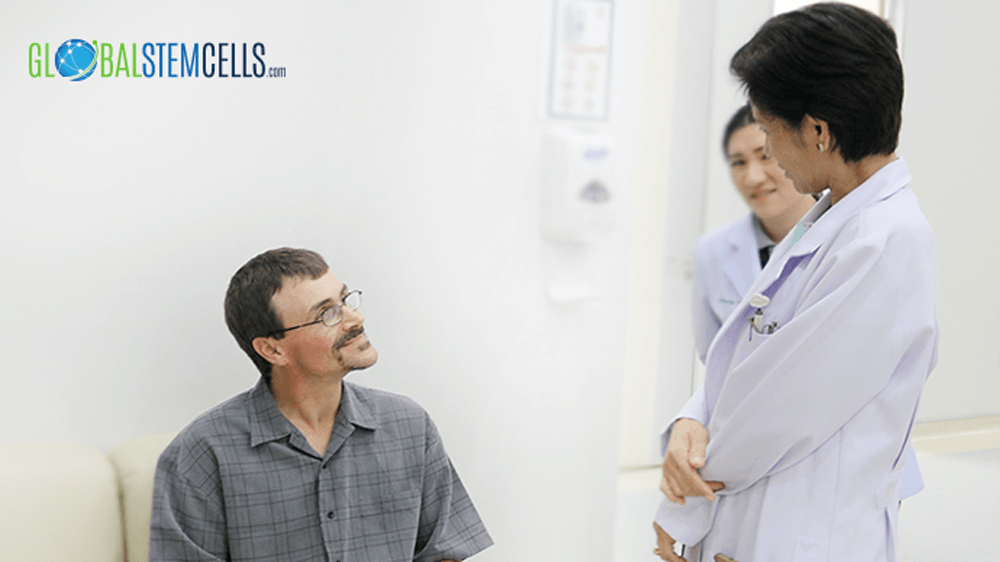
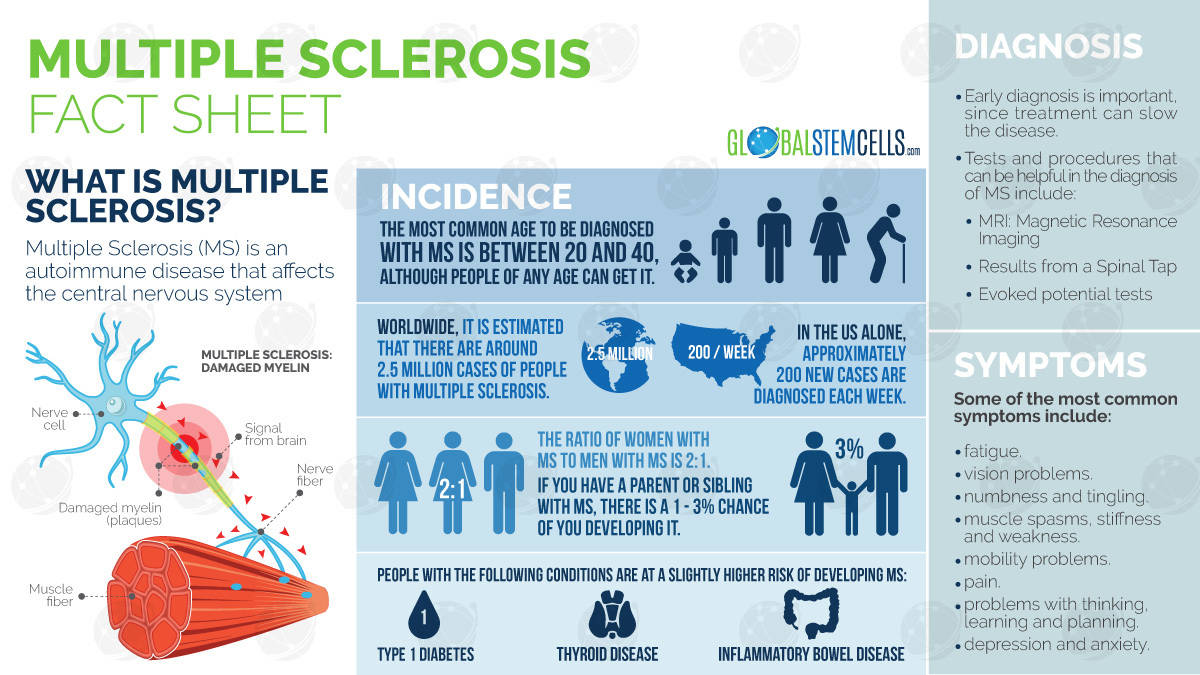
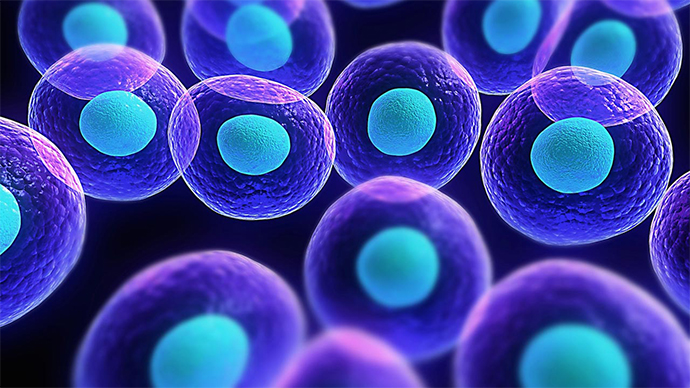
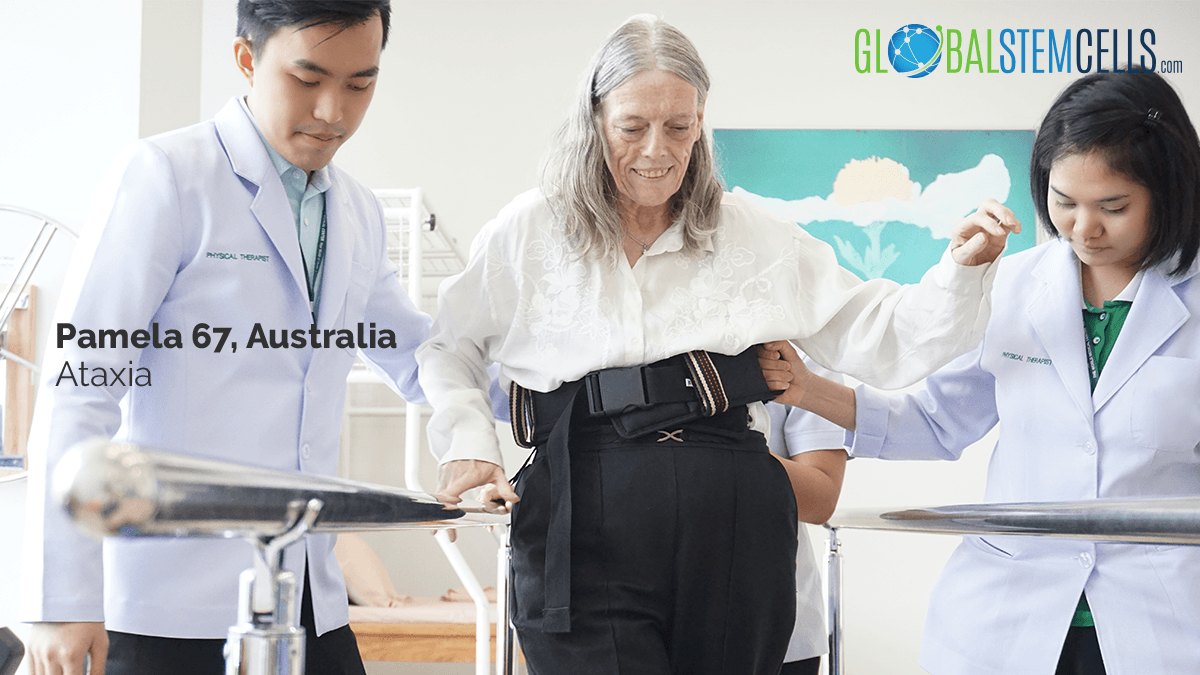
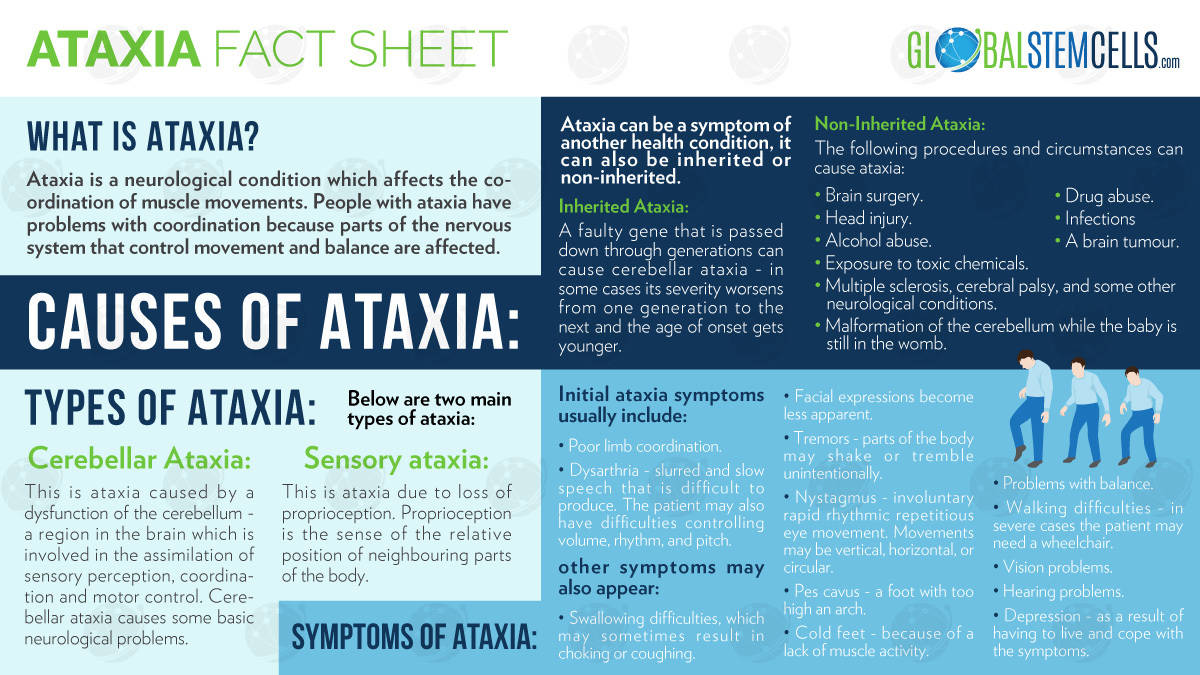
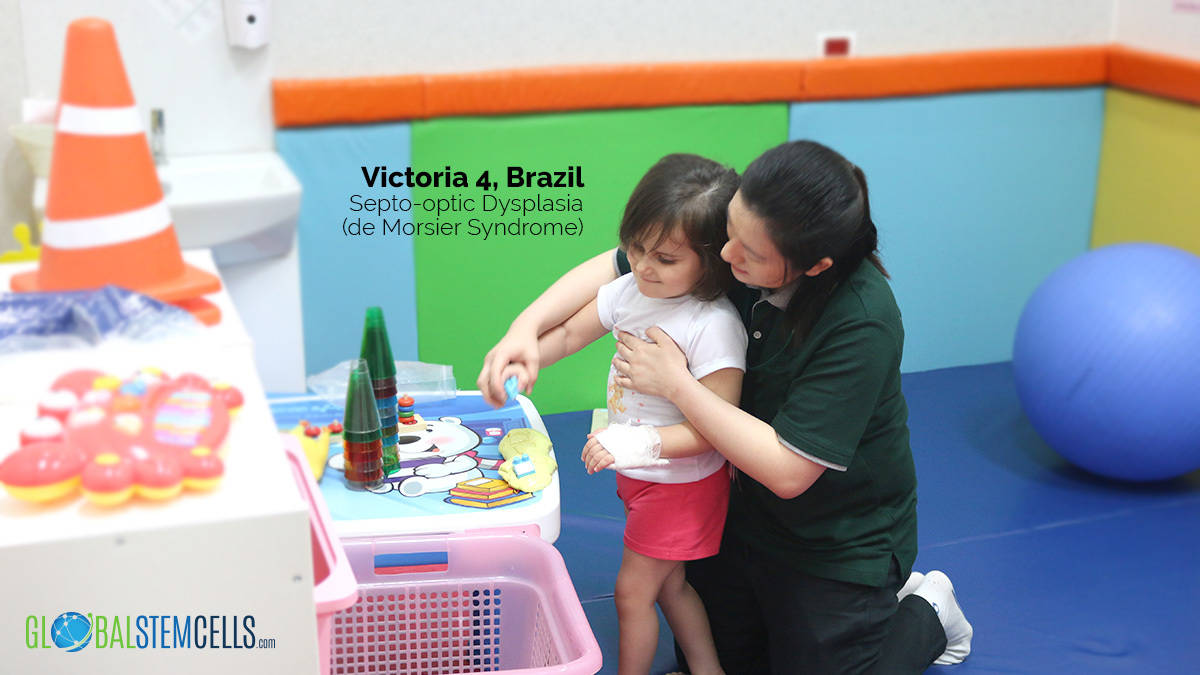
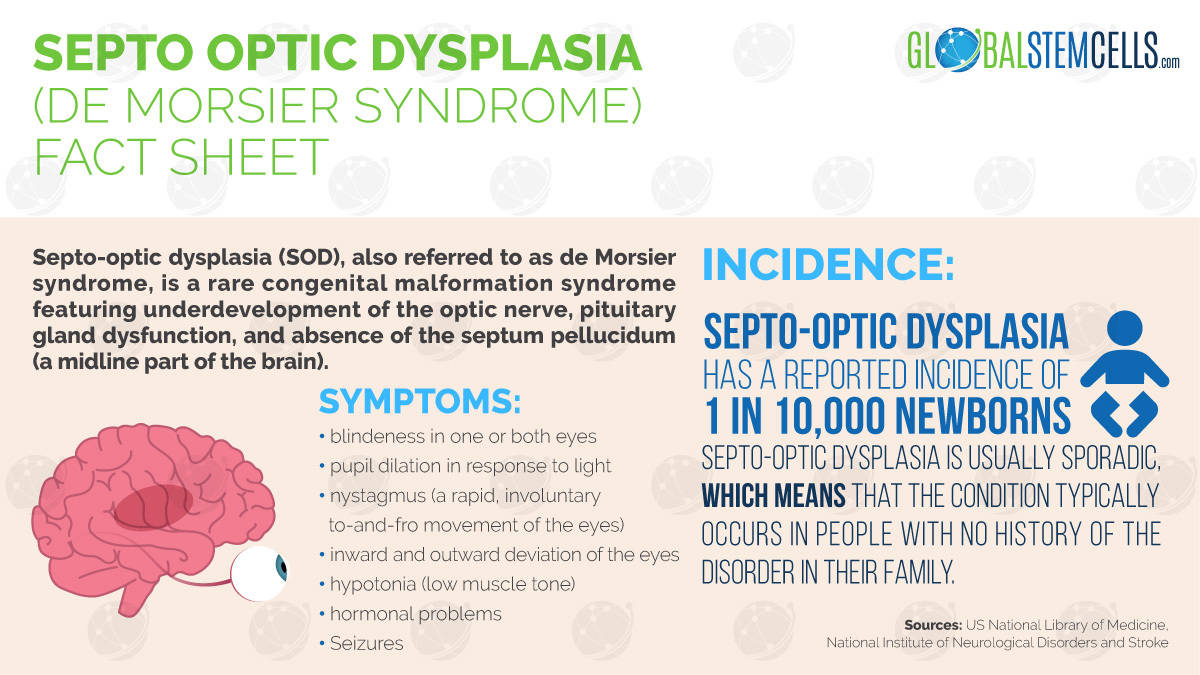
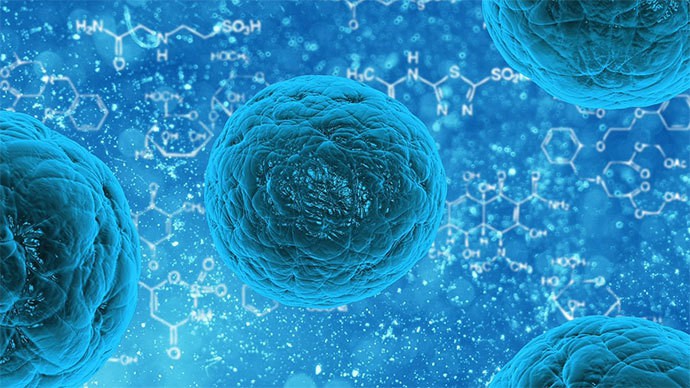

 English
English